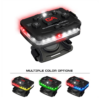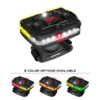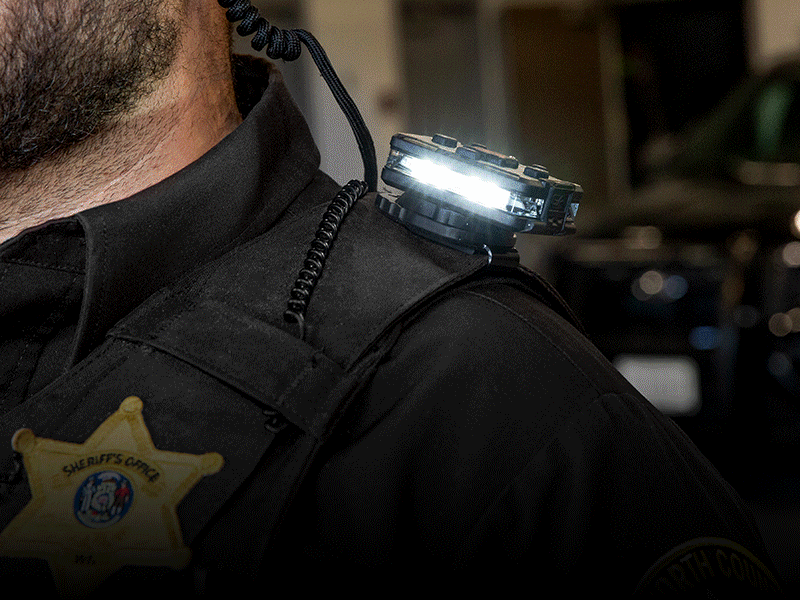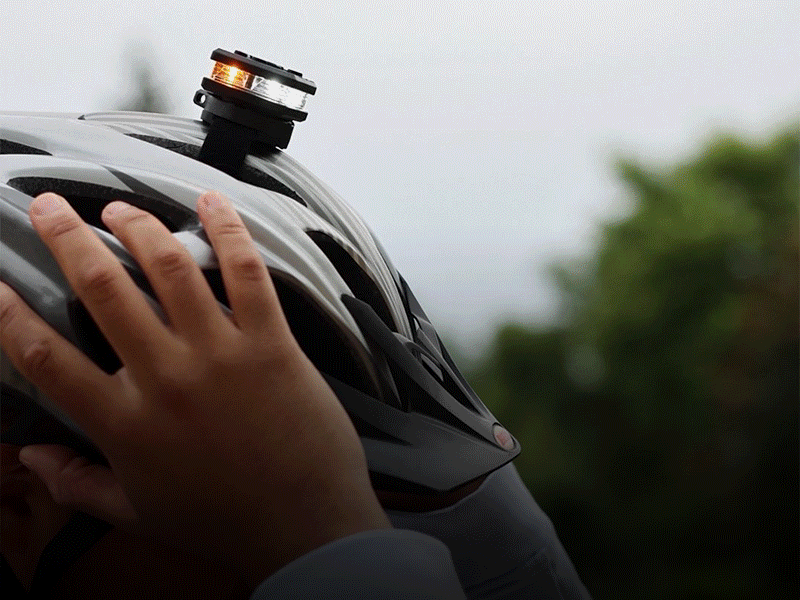Wyoming Emergency Vehicle Light State Statutes
Wyoming Emergency Vehicle Light State Statutes
There are regulations in the state of Wyoming that restrict the use of emergency vehicle warning lights. If a person meets an occupation or a vehicle requirement and also meets the circumstances specified in the law, they may use lights to alert drivers on the road about their presence.
The concept of Wyoming emergency vehicles is defined in law 31-5-105 of the State. Under this act, emergency vehicles include any vehicle which is driven by a police officer or firefighter. The law also expands to include EMT-driven equipment and volunteer firefighters.
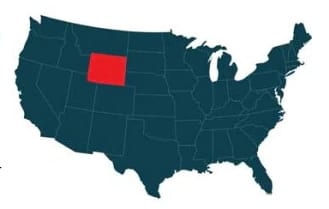
Police Lights
In Wyoming there are no limits on police lights about their colors. Police lights law can be found in State statute 31-5-928(e). The legislation specifies that when responding to an emergency, law enforcement officers are allowed to use the emergency lights on their vehicles. These lights are the best way to be noticed by a law enforcement official especially in low visibility circumstances.
The drivers in front of the car must pull to the side of the road when a police car turns on its emergency lights, provided it is safe to do so. It makes it easier for the emergency vehicle room to move and get to the emergency.
Firetruck Lights
Fire trucks do have color restrictions unlike police vehicles. At least one red light must be used on a fire truck. This requirement is outlined in state statute 31-5-928(e) of the same Act.
The warning lights can have a number of different colors, as long as a fire truck has one red light. To increase their visibility it is optional for a fire truck to use white, amber, or blue lights. According to Wyoming law these are the only colors licensed for fire trucks.
Volunteer Firefighter Lights
Volunteer firefighter laws are similar to those outlined for fire trucks although some differences exist. Wyoming statute 31-5-928 discusses restrictions on general lighting for various types of vehicles.
If a volunteer firefighter is driving a private vehicle, when en route to an emergency they must provide emergency lights. Every vehicle needs one light that flashes with amber, red, or blue. Private vehicles are strictly prohibited from flashing blue lights, as only authorized emergency vehicles use these lights.
The light has to be powerful enough to be seen at clear weather within 500 feet of the vehicle.
Ambulance lights
Ambulances are expected to use at least one red light just like fire trucks. The red color shows the vehicle responds to a time-sensitive emergency. Yellow emergency lights are asking people to get out of the way quickly.
Under state statute 31-5-928(d), an ambulance must have at least one red warning light, visible in clear weather from at least 500 feet away. It is optional for ambulances to have additional amber, green, or blue light, given the red light is met.
Tow Truck Lights
A tow truck is considered to be a vehicle belonging to a civil emergency preparedness agency. These trucks intervene when motorists are experiencing emergencies requiring their vehicle to be dragged off the road for repair. They also play an important part in cleaning up scenes for motor vehicle accidents.
If a tow truck is responding to an emergency, the driver is required by state statute 31-5-928(f) to display amber and white flashing lights. These indicate that an emergency procedure is being undertaken, but that the emergency isn’t life-or-death. Drivers who see these lights should move over one lane if it is safe to do so.
Tow trucks are required to display their warning lights while towing a vehicle, as well as during the journey to the emergency site.
Construction Vehicle Lights
Construction vehicles are all required to have lighted lamps along with illuminating devices according to state statute 31-5-910. These lamps are to be used in circumstances where the visibility of natural light is insufficient. They must also be used in the period 1/2 hour after sunset to 1/2 hour before sunrise.
The color of the lights varies according to the vehicle being built. Generally, construction vehicles will use white and yellow lamps, similar to an average car’s headlights. These vehicles will not be allowed to use emergency indicators blue or red.
If a construction vehicle uses a powerful lamp, and the intensity of this lamp measures more than 300 candle power, it is forbidden for the driver to target the lamp at an angle that hits the roadway. The only exception is if there is a gap less than 75 feet to the construction vehicle and car on the street. These conditions are set out in Statute 31-5-928 of Wyoming.
Utility Vehicle Lights
A utility vehicle belongs to a corporation within the public service. As such, its use of warning light is set out in Statute 31-5-928(f). The driver is required to display amber and white flashing lights when a utility vehicle is responding to an emergency.
Utilities vehicles are used most commonly by power companies. People often see them cleaning down wires and causing electrical damage following storms and natural disasters. Because the vehicles often work in the roadway, or at least in close proximity to it, the use of the warning lights is important. The amber and white coloring allows motorists to use caution and, where possible, to move over one lane.
Pilot Vehicle Lights
The driver is allowed to use warning lights to alert other motorists when a vehicle escorts an overweight load. An escort vehicle must use amber warning lights according to Wyoming law 31-18-802.
A vehicle may display several types of amber light. One is an amber light that flashes and revolves mounted on top of the vehicle. Another is light with an amber strobe. The final option is a pair of flashing amber lights which can be seen from all road lanes.
Each light must have a diameter of 4 inches or more. It must also have a minimum visibility of 500 feet from both the front and back of the vehicle.
Security Vehicle Lights
Security vehicles are not covered under Wyoming’s definition of emergency vehicles, such as those belonging to mall police forces. They’re not required to display warning lights for motorists passing by. They are however required to comply with all the general vehicle lighting legislation.
It ensures that every safety vehicle must use its headlights under conditions of inopportune lighting. The headlamps must meet the minimum visibility criteria at night and in dim light. The Wyoming Department of Transportation enforces Headlight regulations.
For more information on what lights are available to you, please call your State Highway Patrol office at: 307-777-4321
*Please note that these numbers are what we can currently find, and the numbers may have changed since this listing.
